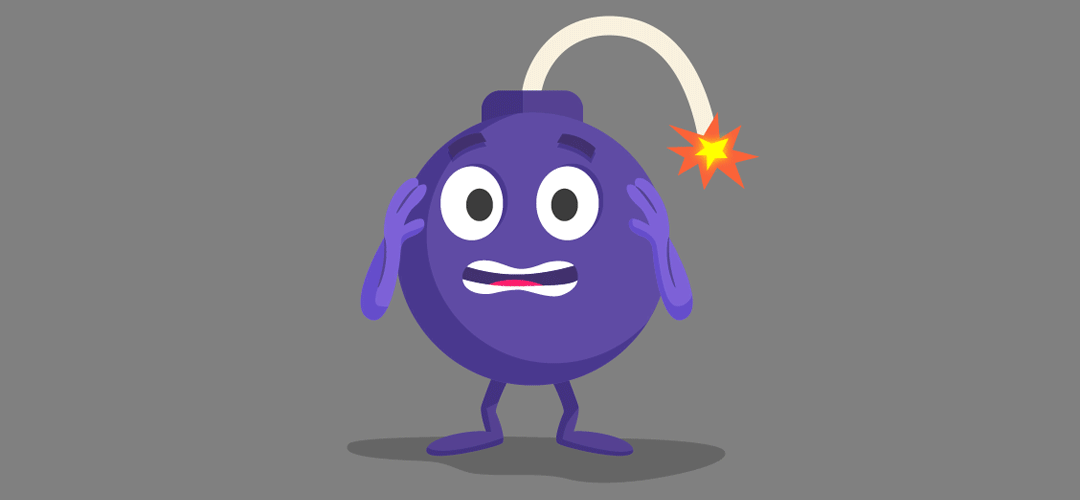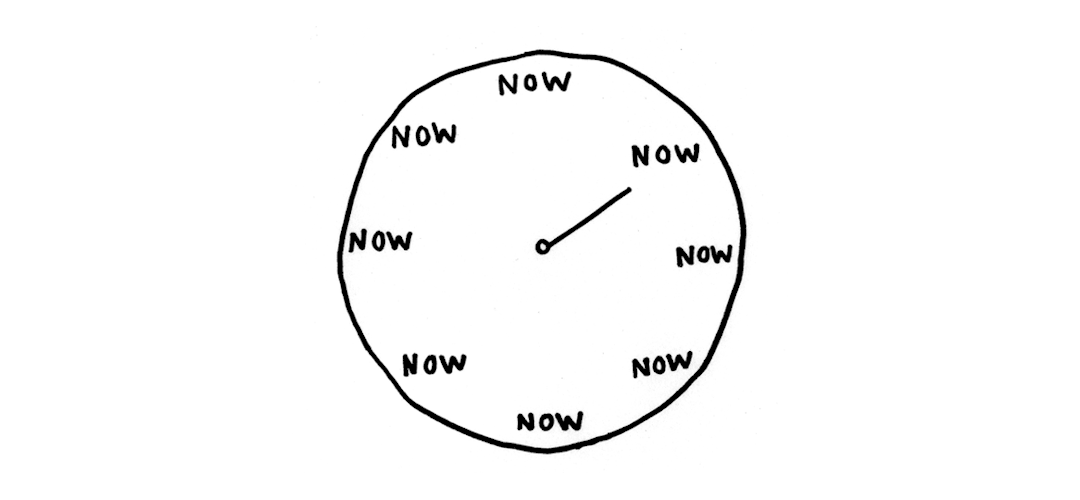
13045 views
by Dr.Meghna varma
Anxiety Traps & How to Break Free
At some point in our lives, we’ve all felt scared, worried or anxious and may have even experienced pounding in the chest, trouble sleeping or difficulty breathing. This is body’s natural reaction when we tend to worry about potential stressors & is very common. Anxiety disorders are however different. People with anxiety disorders experience persistent fear or worry (for at least several months) and it can be so overwhelming that it impacts their day to day activities.
So what can you do? How can you cope with moderate to severe anxiety & lead a healthy, happy life?
Here are 5 expert backed recommendations to help ground you back in the present moment while your brain races at 100 miles per hour shifting between anxious thoughts.
5 Go-to Exercises to break free from Anxiety
Breathe deep with extended exhales

Deep breathing with extended exhale activates the parasympathetic nervous system and sends a signal to your brain that everything is alright. This helps your mind & body to relax. You can do this excercise anytime, anywhere- in a meeting or when all alone! To learn extended exhale and other calming breath excercise, check out Mindgram’s anxiety self regulation section.
5-4-3-2-1 Technique
Focus on 5 things you can see around you - A painting on the wall, a plant on your desk, your hands or anything else in your surrounding.
Pay attention to 4 things you can feel - your clothes on your body, your feet on the floor, or the warmth of the sun.
Notice 3 things you can hear- The sound of water flowing, a vehicle moving, the wind blowing or your own breathing.
Acknowledge 2 things you can smell - the grass outside, the coffee in your kitchen or the flowers in your garden.
Observe 1 thing you can taste - toothpaste, a chocolate you love or a gum.
Question your thought patterns

Most people with anxiety tend to fixate on worst case scenarios. They tend to imagine what others are thinking, or what the future holds. They also indulge in black-and-white thinking assuming only two possible outcomes or assume a generalised outcome for all situations.
To avoid these kind of mental traps, start to question your thoughts & make a column list of which of those thoughts are actual verified truths & which of them are merely fears or uncertainties. Journalling helps us identify and be prepared with our fears. Learn to maintain a MBCT (Mindfulness based Cognitive Behaviour Therapy) diary. with Mindgram.
Identify triggers

Flaring nostrils, shallow breaths, sweating, dryness in throat or change in heartbeat. What are your anxiety cues? Once you identify the signals, make a conscious effort to divert your attention to other activities - solve a math puzzle, take a walk outside or call a friend.
Focus on the present

Anxiety is generally a future oriented state of mind. When you’re experiencing anxiety pull yourself back to the present & ask yourself: What’s happening right now? Am I safe now? Is there something I can do now to change how I feel?
While all of these strategies can help you in the moment, persistent anxiety attacks can overburden our brains & significantly undermine performance in the long run. It would be highly beneficial to see a therapist to permanently bid adieu to anxiety.


